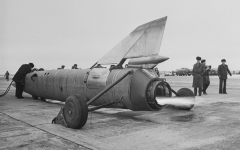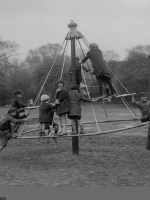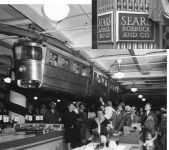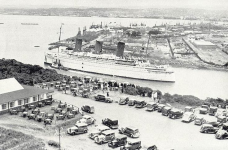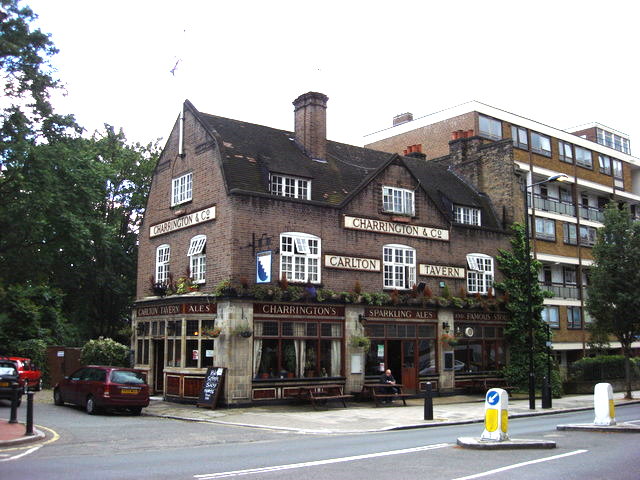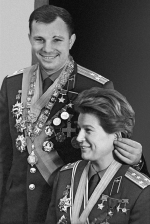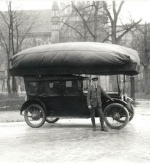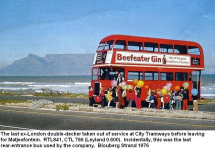You are using an out of date browser. It may not display this or other websites correctly.
You should upgrade or use an alternative browser.
You should upgrade or use an alternative browser.
History
- Thread starter satanboy
- Start date
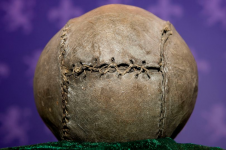
The World's Oldest Football was made in Stirling and discovered behind the paneling of the Queen's Chamber in Stirling Castle, which was decorated in the 1540's. Mary Queen of Scots was there at this time and later in life was known to have an interest in all sports but especially golf and football. She recorded a game of football in her diaries while at Carlisle Castle.
BBC - A History of the World - Object : The World's Oldest Football
A History of the World is a partnership between the BBC and the British Museum that focuses on world history, involving collaborations between teams across the BBC, and schools, museums and audiences across the UK. The project focuses on the things we have made, from flint to mobile phone.
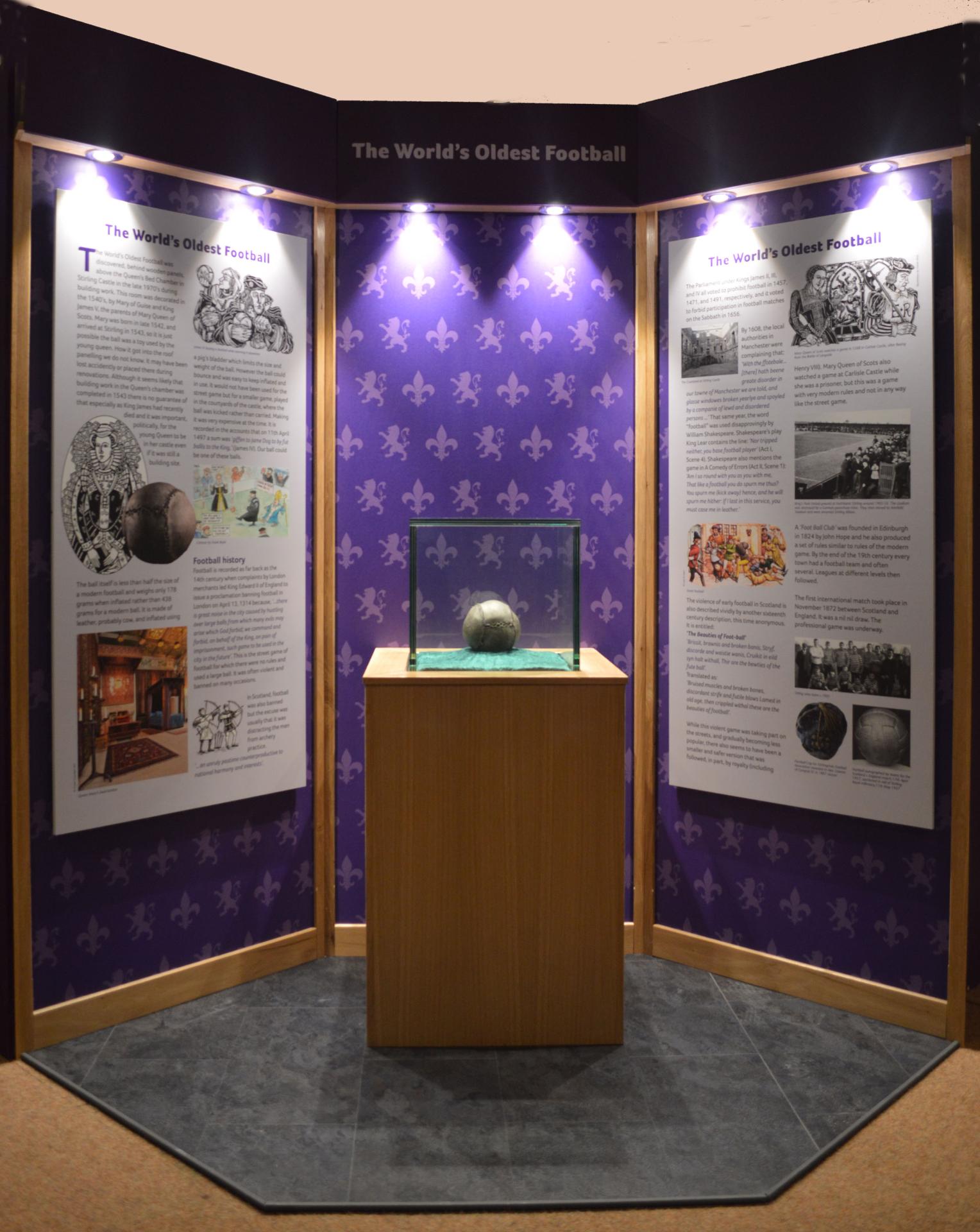
The World's Oldest Football - The Stirling Smith Art Gallery and Museum
The World's Oldest Football found the Queen's Chamber, Stirling Castle, Scotland
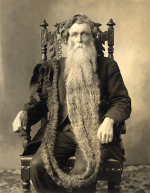
July 14, 1846, world–renowned Norwegian-American pogonotrophist-extraordinaire Hans Nilson “King Whiskers” Langseth (1846-1927) was born at the village of Eidsvoll in Akershus County, Norway.
☞Hans Langseth’s claim to fame is his beard, which was the longest ever recorded at 18 feet 6 inches when it was measured at the town of Barney, North Dakota in 1912 when he was 66 years of age.
☞In 1867, Hans Langseth emigrated to the United States. He spent much of his life as a farmer, but for a while he toured with a travelling freak show, exhibiting his beard to the public. He eventually tired of show business & left the freak show after numerous nonbelievers yanked his whiskers to see if they were real. Late in his life, Langseth made the decision to cut off his beard, but he only got part way through it & couldn’t finish the job.
☞Langseth met his earthly demise at the venerable age of 81 on November 10, 1927 when he died from the effects of unspecified natural causes at the town of Wyndemere, in Richland County, North Dakota. He was buried in Elk Creek Church Cemetery in Kensett, Iowa. When he died, his beard measured 17 feet, 5 inches. In 1967, Hans Langseth’s famous beard was donated to the Department of Anthropology at the Smithsonian Institution in Washington, DC.
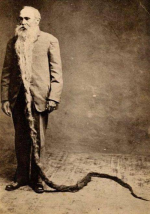
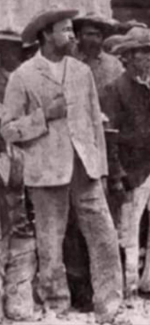
Andrew Andries Abraham Stockenström le Fleur
Andrew was born on Tuesday, 2 July 1867 in Herschel, British Cape Colony. He was the son of Abraham and Ann Reed. Andrew married Rachel Susanna Kok, daughter of one of the direct descendants of Adam Kok 1. He was chosen by the Griqua people, who claimed that they had lost their land unfairly, to be their Paramount Chief. In the 1890s he began stirring up the Griqua people against the British, who then regarded him as a rebel. Andrew was soon arrested and sent to the Breakwater Prison in Cape Town in February, but only sentenced in April 1898. He was sentenced to fourteen years' hard labour for sedition but was released early in 1903.
Upon his release, Andrew also kept himself busy as a lay preacher in the Cape Peninsula. A police report on his activities found on September 8, 1905, that he adhered to his parole conditions and that he was trying to form a new independent church based on the example of the American Methodist Episcopal Church. Andrew then successfully established a long-standing girls’ choir called “Die Roepers” (“The Callers”). Their mission was to travel around South Africa, singing and working for Griqua unity. Many of their descendants continue this tradition to this day. In 1928, Andrew set off from Kokstad on a successful trek to Kranshoek, just outside Plettenberg Bay. This trek drew many Griquas from around the country as word spread of its progress.
Andrew died in 1941 and is buried on the Robberg Peninsula, close to Kranshoek. Griqua leader (kaptyn) and visionary, legendary figure, his grave is venerated among the Griqua people. He is also known as 'die Hervormer', the Reformer. And by others as die Kneg.
Sources: Kruger, D.W. (ed)(1972). SA archives
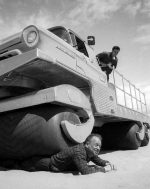

"Rolligons" wheel system created by William Hamilton Albee in 1951, which allowed a vehicle to circulate on any surface, including a human without causing any damage.
Rolligon - Wikipedia
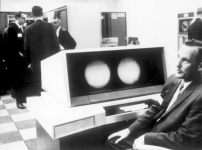
Seymour Cray operating his second computer. The CDC 6600 broke speed records by executing 3 million floating-point operations per second (MFLOPS) in 1964. It wasn't surpassed until the CDC 7600 in 1969 — another Cray design. While working for Control Data Corporation, he designed the first true supercomputer that was three times as fast as its closest competitor the IBM 7030 making it the fastest supercomputer in the world at the time. Its 400,000 transistors were so tightly packed that it was one of the first computers to use Freon™ refrigerant cooling and was also the first commercial computer to use two CRT consoles (displaying problem status and operator directives). The 10 MHz 60-bit CDC 6600 gained speed by "farming out" work to ten peripheral computing elements, freeing the RISC-like CPU (Central Processing Unit) to process actual data. It was so popular, CDC sold 100 machines for $9 million each, the first unit being delivered to Lawrence Livermore National Laboratory in September 1964. In 1972, Cray would go on to form his own company, Cray Research, which set the pace for supercomputers for the next two decades catering exclusively to high-end scientific and mathematical computing markets.
Reference (book written by the co-designer of the machine):
"Design of a computer: the Control Data 6600" by Jim E. Thornton 1970 181p (18.9 MB)
http://www.bitsavers.org/.../DesignOfAComputer_CDC6600.pdf
Last edited:
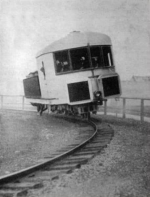
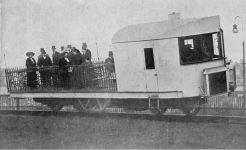
Prototype for a Gyro monorail by Louis Brennan, England, 1907
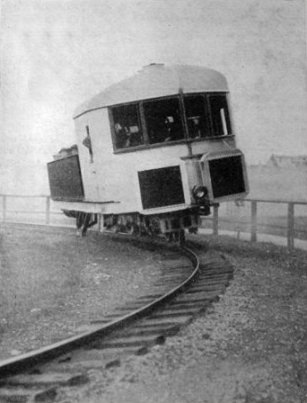
Gyro monorail - Wikipedia
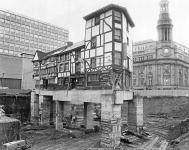
In 1971, Sinclair's Oyster Rooms in Manchester was raised to street level to preserve its heritage.
This incredible engineering feat involved lifting the entire building - a structure that stood for centuries. It was later relocated again, this time it was dismantled, brick by brick.

A Historic Gem Raised and Relocated: Sinclair's Oyster Rooms
Sinclair's Oyster Rooms is a historical gem that holds a unique tale of adaptation and resilience. Originally situated below street level, Sinclair's Oyster Rooms underwent a fascinating transformation in 1971 when it was raised to street level, and later, remarkably moved to a new location. The...
 www.exploringgb.co.uk
www.exploringgb.co.uk
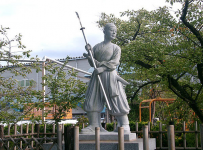
Nakano Takeko (中野 竹子, April 1847 – 16 October 1868) was a Japanese female warrior of the Aizu Domain, who fought and died during the Boshin War. During the Battle of Aizu, she fought with a naginata (a Japanese polearm) and was the leader of an ad hoc corps of female combatants who fought in the battle independently.
Takeko and other women stepped forward on the front line without permission, as the senior Aizu retainers did not allow them to fight as an official part of the domain's army. When the Imperial troops realized, in shock, that their enemies were female warriors, their commanders ordered the troops not to kill them. This hesitation gave Nakano's warriors an opening to attack. They killed several Imperial troops before the gunfire finally resumed. The lethal fury of the women of Aizu impressed their enemy, who were not expecting such resistance. Armed with her naginata, Nakano Takeko herself killed five or six soldiers before succumbing to a rifle shot to the chest.
Rather than letting the enemy take possession of her corpse to wreak havoc and cut off her head as a war trophy, Nakano asked her sister Yūko to behead her in order to prevent her capture, as well as give her an honourable burial. Yūko agreed to her sister's request.
More HERE


